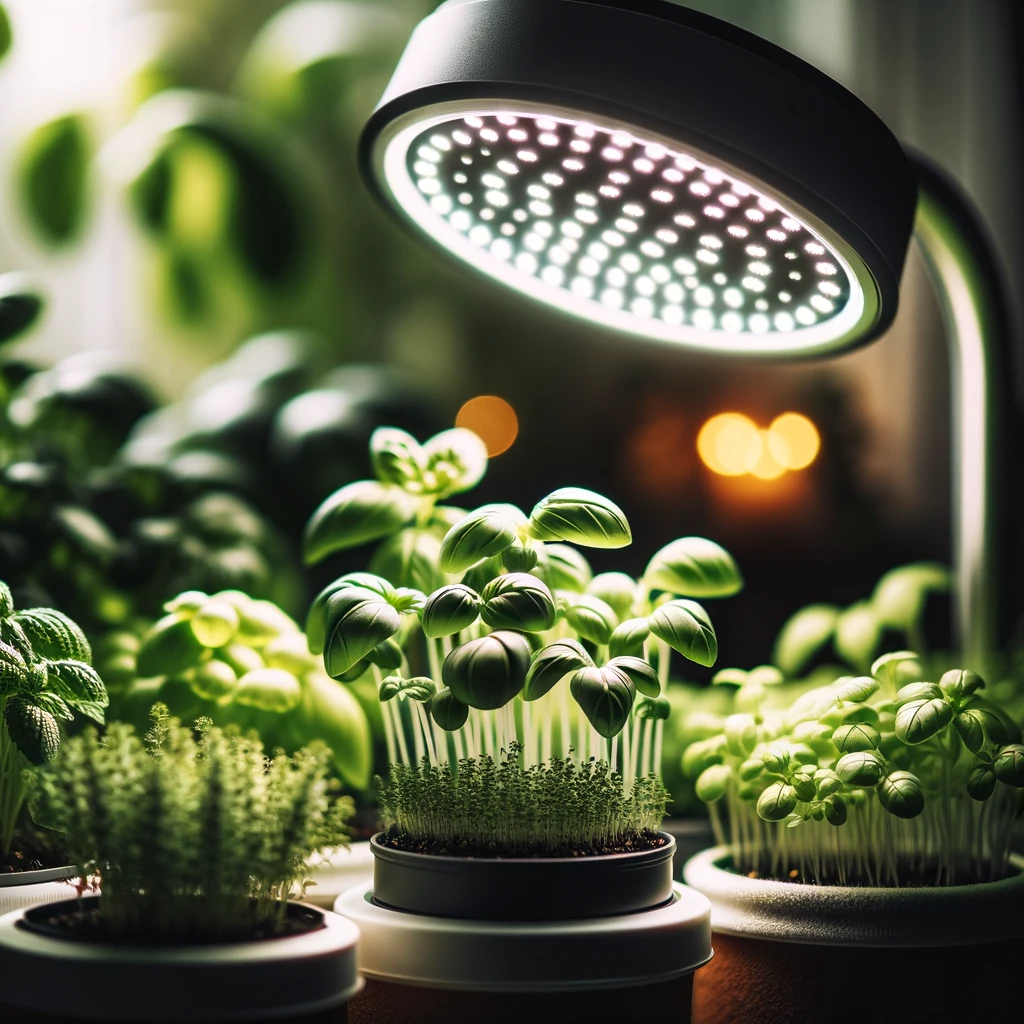Introduction
Welcome to the world of indoor gardening, a realm where light plays a pivotal role in nurturing and sculpting the life of your plants. In this extensive guide, we will unravel the technical aspects of light lamps for indoor plants growing, delving into how they influence and accelerate plant growth. Whether you are a seasoned gardener or a curious novice, this guide offers valuable insights into the art of indoor plant cultivation using light lamps.

“The Light of Life: Fundamentals of Light for Plant Growth”
Light, the primary source of energy for plants, is more than just a brightness that meets the eye. It’s a spectrum of possibilities and growth. In the realm of indoor gardening, understanding the fundamentals of light is crucial. Plants use light not only to fuel photosynthesis but also to regulate their growth patterns and developmental stages. Indoor plants, devoid of natural sunlight, rely on artificial light sources, which must be carefully chosen and managed to mimic the qualities of natural light.
The Spectrum of Growth: How Plants Perceive Light
Plants perceive light differently than humans. They respond to various parts of the light spectrum in unique ways. The visible spectrum for plants ranges from violet to red, each color serving a specific role in plant development. Blue light, for example, promotes vegetative growth and is essential during the early stages of a plant’s life. Red light, on the other hand, encourages flowering and fruiting. By understanding these nuances, gardeners can select light lamps that cater to the specific needs of their indoor plants, optimizing growth and health.
“Wavelength Wisdom: Understanding Wavelengths and Plant Growth”
The relationship between wavelengths and plant growth is a symphony of colors each playing a crucial role. Different wavelengths within the light spectrum have varied effects on plant growth, making the choice of light lamps an important decision for any indoor gardener.
Tuning Into Plant Needs: Selecting the Right Wavelength
Each stage of a plant’s life requires different light conditions. Seedlings and young plants thrive under blue wavelengths, which encourage strong leafy growth. As plants mature, the emphasis shifts towards the red end of the spectrum, especially when it comes to flowering and fruit production. By choosing light lamps that offer a balance or specific range of wavelengths, gardeners can effectively support their plants through each stage of development, ensuring robust growth and bountiful yields.
“Intensity and Duration: Keys to Luminous Growth”
The importance of light intensity and duration in indoor plant cultivation cannot be overstated. These two factors work hand-in-hand to influence plant health, growth rate, and overall productivity.
Shining the Right Amount: Balancing Intensity and Duration
Light intensity, measured in lumens, determines how much energy plants receive, while duration, measured in hours of light per day, dictates the length of a plant’s exposure to this energy. Different plants have different light requirements, and understanding these needs is essential for successful indoor gardening. Too much light can lead to scorched leaves, while too little can cause weak, leggy growth. Similarly, varying the duration of light can simulate seasonal changes, guiding plants through growth cycles.
“Spectrum Specifics: Tailoring Light for Plant Growth Stages”
Different stages of plant growth necessitate different lighting conditions. By tailoring the light spectrum to these stages, gardeners can significantly enhance the health and productivity of their indoor plants.
From Seedling to Bloom: The Light Journey
In the seedling stage, a higher proportion of blue light encourages strong, healthy vegetative growth. As plants enter the flowering and fruiting stages, red light becomes more crucial, simulating the longer, warmer days of summer and autumn. Some advanced light lamps offer the flexibility to adjust the light spectrum according to the plant’s stage, providing a tailored light environment that evolves with the plant.
In conclusion, mastering the technical aspects of light lamps for indoor plant growth is a journey of understanding and adaptation. By recognizing the unique light requirements for different stages of plant growth and selecting the appropriate light lamps, indoor gardeners can create thriving, productive environments for their plants. Remember, light for indoor plants isn’t just about illumination; it’s about creating a spectrum of growth opportunities. Happy gardening!
